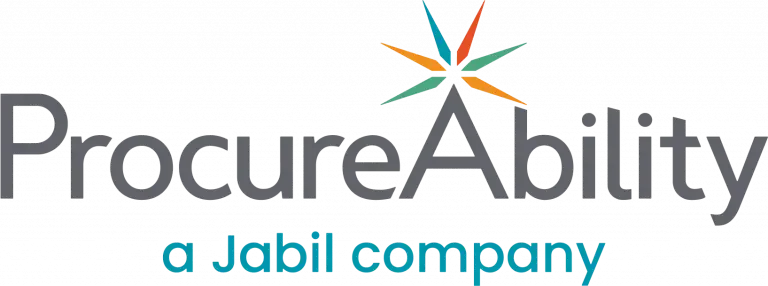
Procurement is often viewed solely as a cost-saving function. However, the financial impact of procurement extends well beyond expense reduction. Strategic procurement decisions influence all three core financial statements: the income statement, the balance sheet, and the statement of cash flows. Understanding these broader impacts allows procurement professionals to communicate their value in terms that finance leaders recognize and respect.
Procurement’s Impact on the Income Statement
When procurement secures competitive pricing through strategic sourcing and negotiation, organizations reduce their direct costs. These reductions translate to a lower cost of goods sold (COGS) or operating expenses, improving both gross margin and earnings before interest and taxes (EBIT). As a result, companies see a direct increase in net profit. Higher profitability also supports improved financial ratios and strengthens the company’s ability to reinvest in growth, innovation, or additional supplier capabilities.
How Procurement Influences the Balance Sheet
Procurement decisions can also strengthen a company’s balance sheet. Reduced spending improves the company’s cash position and lowers liabilities like accounts payable. This strengthens liquidity and improves key financial indicators such as the current ratio and quick ratio.
In capital-intensive industries, effective procurement can reduce the need for capital expenditures by sourcing more cost-effective equipment or materials. This leads to better fixed asset turnover and a stronger return on assets (ROA), two metrics closely monitored by investors. Higher net profits also increase retained earnings, allowing companies to reinvest in operations, fund new initiatives, or build financial resilience without additional external capital.
Statement of Cash Flows: Improving Operational Flexibility
Procurement plays a critical role in managing cash flow. Lower spending means less cash is going out the door, which increases available cash for operations, debt repayment, and strategic investments.
Improved cash flow enables the business to operate more flexibly and withstand economic volatility. This is particularly important for procurement-led initiatives such as building supplier resilience, investing in digital tools, or developing alternative sourcing strategies.
Why This Matters for Procurement and Finance Alignment
Procurement teams often capture value beyond what is visible on financial statements. For example, cost avoidance and supplier risk mitigation deliver meaningful business value, yet these benefits do not appear in traditional financial reporting.
Because of this, procurement leaders must go beyond reporting simple savings figures. Instead, they should quantify and communicate their impact across all financial statements. Doing so helps elevate procurement’s strategic role and build stronger alignment with finance teams and executive leadership.
Positioning Procurement as a Strategic Financial Driver
Procurement’s role is not limited to managing costs. It is a key contributor to financial performance across profitability, liquidity, and cash flow. By clearly linking procurement decisions to financial outcomes, procurement professionals can enhance stakeholder engagement and drive more informed decision-making at the executive level.
References



